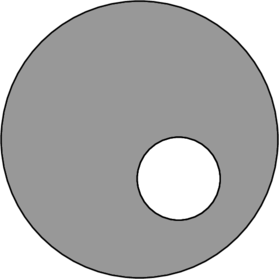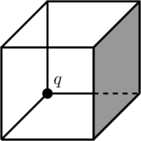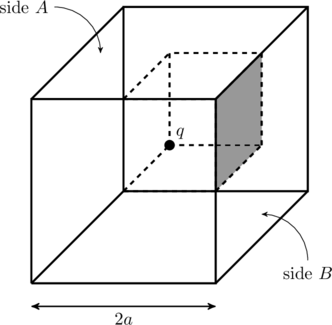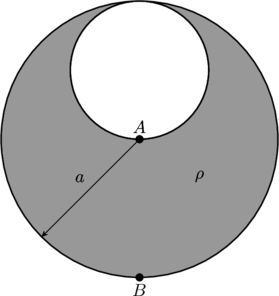Problem 3.152 of Irodov
The figure below shows an inifite circuit formed by the repetition of the same link, consisting of resistance ![]() and
and ![]() . Find the resistance of this circuit between points
. Find the resistance of this circuit between points ![]() and
and ![]() .
.

Solution
Let’s denote the resistance between the points ![]() and
and ![]() by
by ![]() . Since the circuit is infinite, removing the first
. Since the circuit is infinite, removing the first ![]() and
and ![]() resistors gives the same arrangement back again — the arrangement is self-similar. That means, the resistance between the points
resistors gives the same arrangement back again — the arrangement is self-similar. That means, the resistance between the points ![]() and
and ![]() is just
is just ![]() without the left-most
without the left-most ![]() and
and ![]() resistors, and we may redraw the circuit as shown below.
resistors, and we may redraw the circuit as shown below.

It is now straightforward to calculate the resistance,
(1) …



